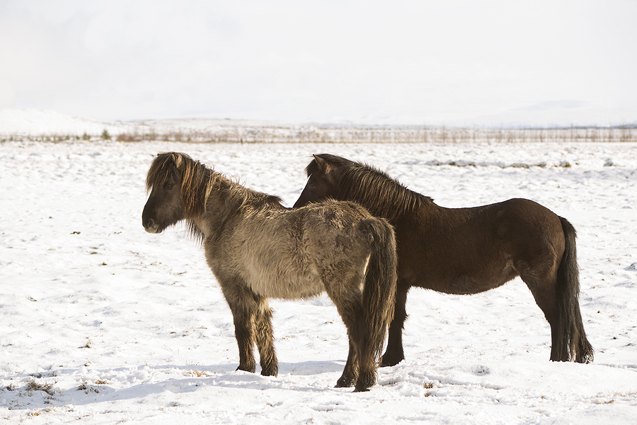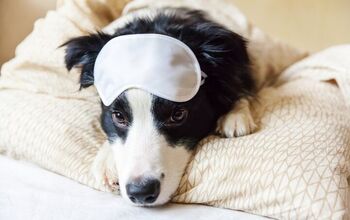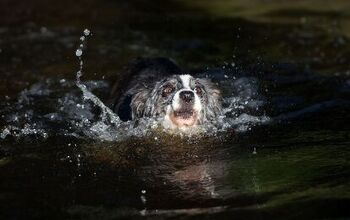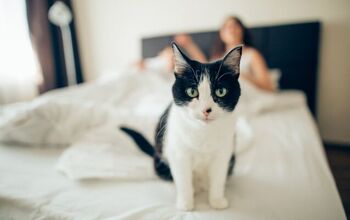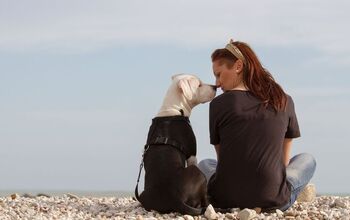Icelandic Horse


About Icelandic Horse
The Icelandic Horse is one of the world’s oldest equine breeds, and little is known about its exact ancestry. However, experts believe that these horses were brought to Iceland more than 11 centuries ago by the Vikings prior to any European equine breeds, and it is linked with the first domesticated horses.
Norse horses that Vikings took to Iceland were sturdy and compact, as well as a bit larger than the Icelandic horses people know of today. Once in Iceland, these horses were isolated and had to evolve in order to survive in an environment with a harsh climate and sparse food. This breed also assisted Norse people in prospering and succeeding by helping them travel over long distances, plow fields, and carry loads. As a result, the Vikings placed a lot of value on these animals and took them on explorations.
Icelandic horses are adaptable, patient, and uncomplicated.
The first Icelandic equine breed societies were created in 1904, and the first register was formed in 1923. The Icelandic Horse was used in Iceland in the early part of the 1900s for travel and transportation, and it was also a reliable working horse.
Later, in the 1940s and 1950s, the horse’s role diminished. However, the breed began to grow in popularity again over time, and it is now popular in its home country as a unique family horse and sport horse.
Icelandic horses are beloved because they have wonderful personalities that make them suitable for riders of all experience levels, from children to adults. These animals are adaptable, patient, and uncomplicated, although they can be quite spirited at times.
Generally, the Icelandic Horse is friendly and has an affinity for humans. They are bred to be reliable working horses and riding horses, and they make ideal family horses as well.
Because this equine breed developed in an area where there weren’t any natural predators to fear, it has shed its fight or flight instinct. Instead, this is an easygoing breed that is safe and features a desirable disposition.
The Icelandic Horse is one of a few breeds that can exhibit almost all possible colors.
The Icelandic Horse has a stocky, muscular, and compact body that features strong legs, making it capable of carrying adults as well as children. This breed’s bones are dense, and these animals are agile, sure-footed, and sturdy. Also, the eyes are large, and the heavy head is well defined.
Icelandic horses will not be fully grown until they reach 6 or 7 years of age, so they take a long time to mature. Therefore, they are typically only used for riding once they are 4 or 5 years old.
This breed can also perform a few different gaits that include walk, trot, canter, flying pace, and tolt.
The Icelandic Horse is one of the world’s oldest breeds.
The Icelandic Horse can showcase a wide range of colors, including bay, gray, chestnut, black, dun, champagne, white, buckskin, brown, grullo, roan, cremello, perlino, skewbald, palomino, and pinto. In fact, it is one of a few equine breeds that can exhibit almost all of the possible colors.
The most common color for this breed is chestnut. Rare colors include silver bay and silver dapple.
Also, although Icelandic horses will not feature the appaloosa marking, all of the white equine markings are possible.
An Icelandic horse will have a thick, long tail and mane, and it will also develop a double coat in the winter. Regularly grooming your horse will help you bond with the animal while also ensuring that the skin and coat remain healthy and beautiful.
Standard equine grooming tools, as well as equine shampoo, can be used to thoroughly remove any dirt, mud, and debris that the coat may collect while the horse is out in the elements. For example, you can use a curry comb, a shedding blade, a mane comb and a tail comb, a body finishing brush, and a dandy brush to smooth and clean the coat. Also be sure to check your horse’s hooves for injuries and infections, and use a hoof pick to clean any debris from within the hooves as well.
If you notice that your horse begins to sweat too much in the winter or even in the autumn, it might be best to clip the coat. Clipped horses do not sweat as much, and their coat will also dry much more quickly.
It is best to use a bib clip, which involves clipping the hair underneath the neck, as well as on the chest. This will help the horse stay cooler while it is working, but there will still be enough hair left in order to ensure that the horse will stay warm in cold temperatures.
Photo credit: Pranodhm/Bigstock; kb-photodesign/Bigstock

Lisa Selvaggio is a freelance writer and editor, and our resident cats-pert, with certifications in pet nutrition and pet first aid. She enjoys producing content that helps people understand animals better so they can give their pets a safe and happy home.
More by Lisa Selvaggio




